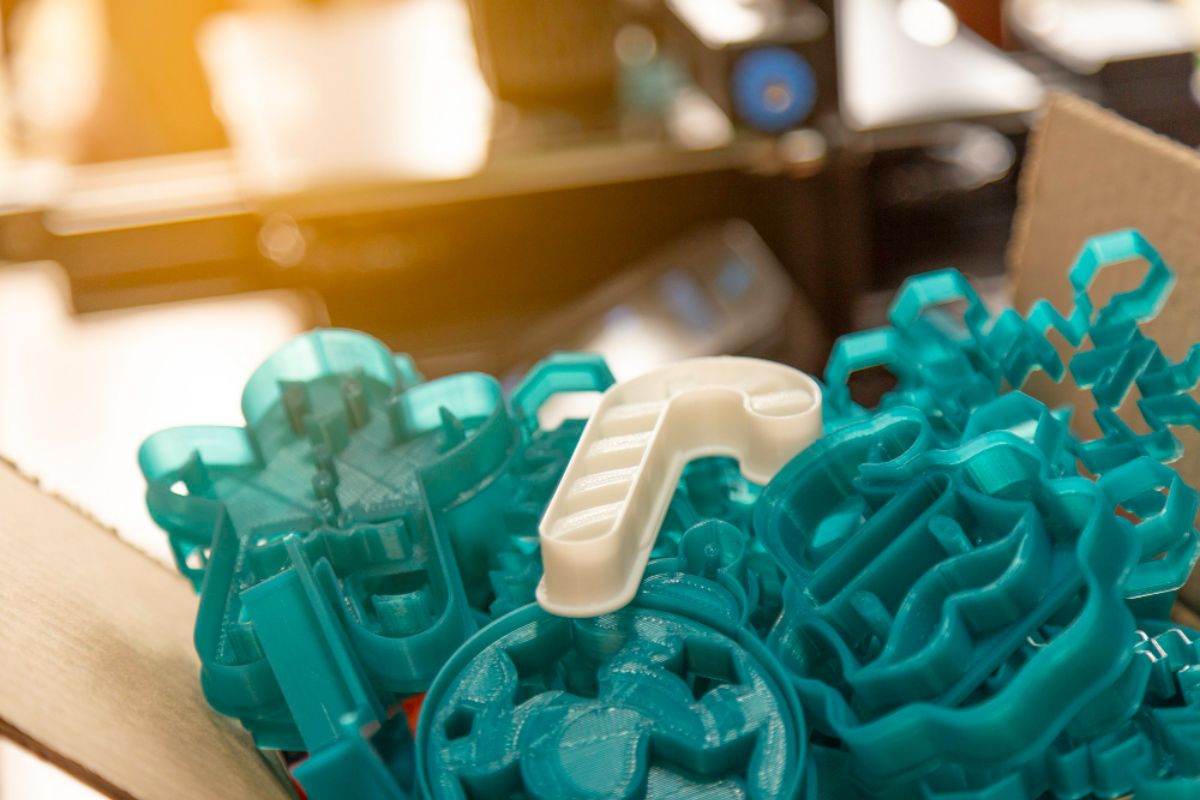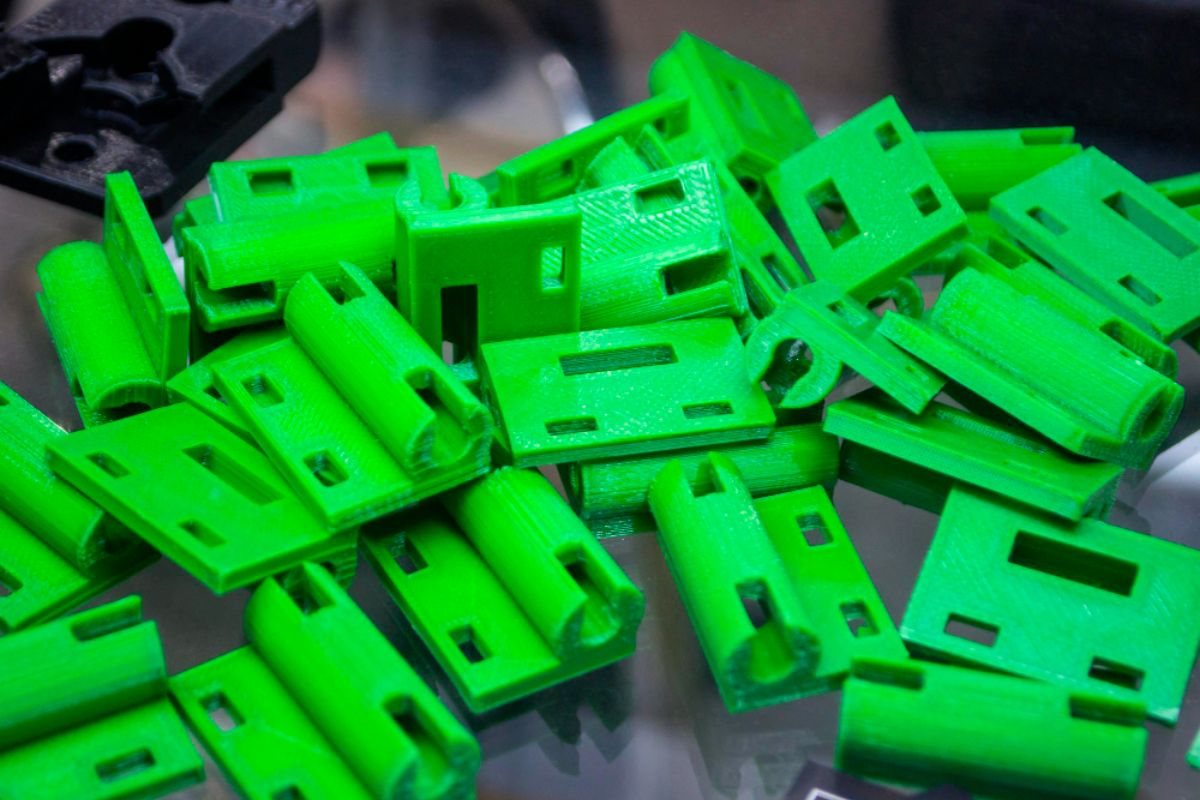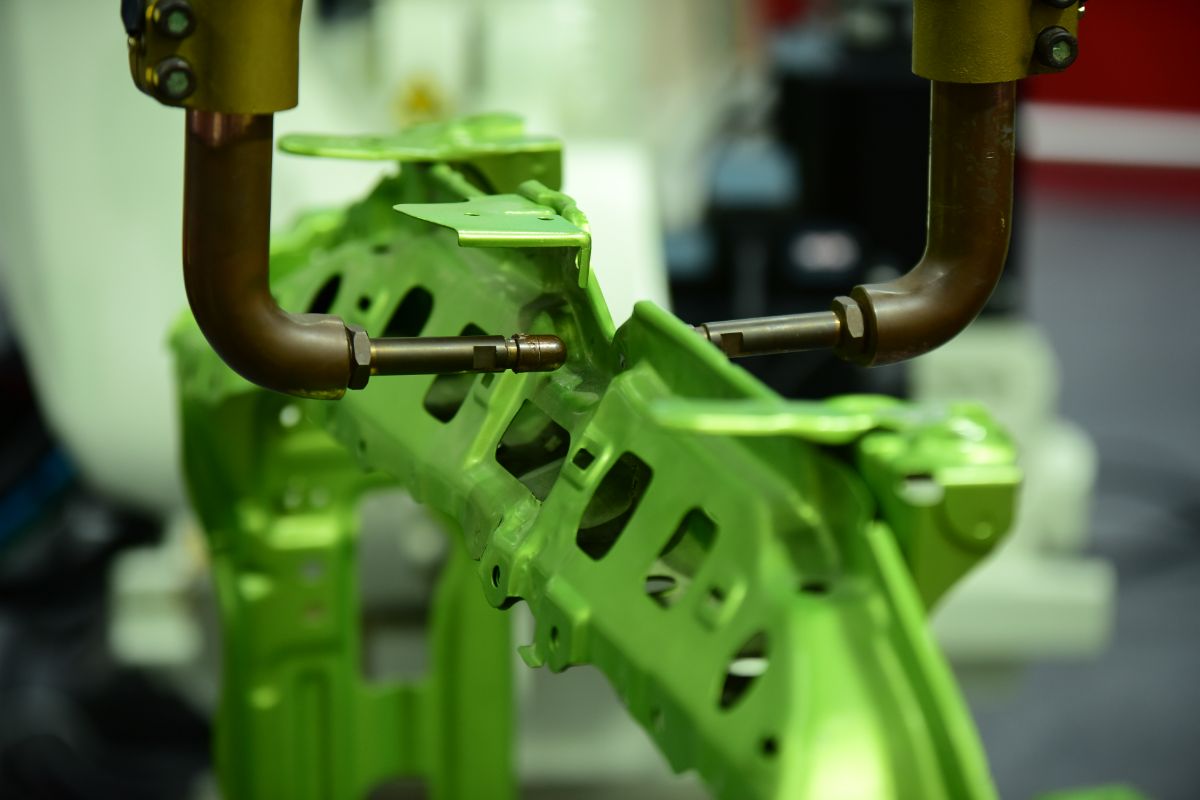November 7, 2024
Advantages of Flexible Injection Molding for US Companies

Overview
- The article explores the advantages of flexible injection molding for U.S. companies, highlighting its ability to rapidly adapt to changing production demands.
- It details how this innovative process facilitates the creation of complex geometries and multi-functional components, enhancing product design while minimizing assembly efforts.
- The versatility of materials used in flexible injection molding allows manufacturers to optimize functionality and aesthetics, catering to various industry needs.
- Additionally, it emphasizes the efficiency of modern automated machinery in speeding up production cycles, reducing costs, and minimizing waste.
Flexible injection molding is a manufacturing process that allows for rapid adjustments in production parameters, enabling companies to efficiently create a wide range of components with varying specifications. This results in rapid prototyping and production, accommodating the ever-changing demands of consumers.
Richfields Corporation exports to the U.S.A. to empower businesses to harness the advantages of flexible injection molding technology. This innovative method simplifies the creation of intricate shapes that traditional molding techniques often struggle to achieve.

The flexible injection molding process enables designers to incorporate detailed features, such as textures and small holes directly into the part. This is through sophisticated designs and techniques that allow for the seamless integration of functional elements, reducing additional assembly work and enhancing the overall functionality of the final product.
Moreover, it supports multi-functional components by combining several parts into one cohesive unit. This simplifies the assembly process, streamlining production and cutting costs. By minimizing the number of individual components needed, manufacturers can improve efficiency and reduce potential points of failure in the final product.
Additionally, this process excels in achieving tight tolerances, which is crucial for U.S. industries like aerospace and medical devices, where precision is paramount. The mold designs ensure even material distribution, resulting in parts that meet exact specifications with minimal variation.
Flexible injection molding accommodates a wide range of materials, including thermoplastics, thermosetting plastics, and specialized polymers, making it an essential choice for manufacturers. This versatility empowers U.S. companies to select the most suitable materials for their product requirements, ultimately enhancing both functionality and aesthetics.
Popular thermoplastics, such as polypropylene, polyethylene, and ABS, are celebrated for their flexibility and durability, while thermosetting plastics like epoxy and phenolic resins provide excellent heat and chemical resistance.
Additionally, specialized polymers, including engineering plastics and environmentally friendly options like polylactic acid, expand material choices further. This diverse selection enables manufacturers to meet specific performance standards and align with sustainability goals, positioning them for success in today’s competitive market.
With flexible injection molding’s cycle times as short as 10 to 15 seconds for simple parts, businesses can quickly respond to their customer needs and market changes.
Modern automated machines, such as robotic arms for precise material handling, fully automated injection molding machines for seamless operation, temperature control systems for optimal processing, and conveyor systems for efficient part transfer, streamline the manufacturing process. Additionally, advanced cooling systems and well-designed molds further accelerate production.
This efficiency allows manufacturers to produce small batches and large quantities of parts without significant changes to the setup. As production increases, the cost per unit decreases, helping U.S. companies keep prices competitive while maintaining profits.

This cost efficiency comes from economies of scale, where the fixed costs of molding design are spread over a large number of parts, reducing the average cost. Modern automated machines also help cut labor costs by minimizing manual work and errors, which lowers overall expenses.
The process uses materials efficiently, reducing waste and allowing for recycling leftover material. Designed for long production runs, injection molding can produce thousands or even millions of identical parts consistently. Although the initial investment in molds and machinery can be high, the long-term savings make it a smart choice for companies looking to stay competitive and profitable.
The process expertly manages the precise amount of material injected into molds, minimizing excess and ensuring that only what is necessary is used. Leftover materials, such as sprues and runners, can be collected and recycled, further reducing waste. For example, thermoplastics, which can be reshaped multiple times without compromising their properties, enhance recycling efforts.
Unlike traditional manufacturing methods that rely on subtractive techniques, which cut away material, injection molding utilizes just the right amount for each part. This efficiency not only lowers material costs but also bolsters sustainability initiatives by significantly decreasing environmental impact.
Colors are infused into products using methods such as masterbatch or liquid colorants, ensuring a uniform distribution throughout without the need for post-production painting. This process also enables a range of finishes—including smooth, glossy, or textured surfaces—allowing customization to meet both aesthetic and functional requirements.
Advanced techniques like in-mold decoration (IMD) and multi-shot molding elevate design possibilities by integrating various colors and finishes into a single part. This seamless integration not only reduces labor costs by eliminating separate finishing steps but also minimizes the risk of defects, such as color inconsistencies, ensuring high-quality results that meet customer expectations.
Flexible injection molding delivers a range of benefits, from material efficiency to cost savings and design flexibility. Richfields Corporation offers advanced injection molding services to businesses in the U.S.A. Contact us today for high-quality injection molding solutions from China.